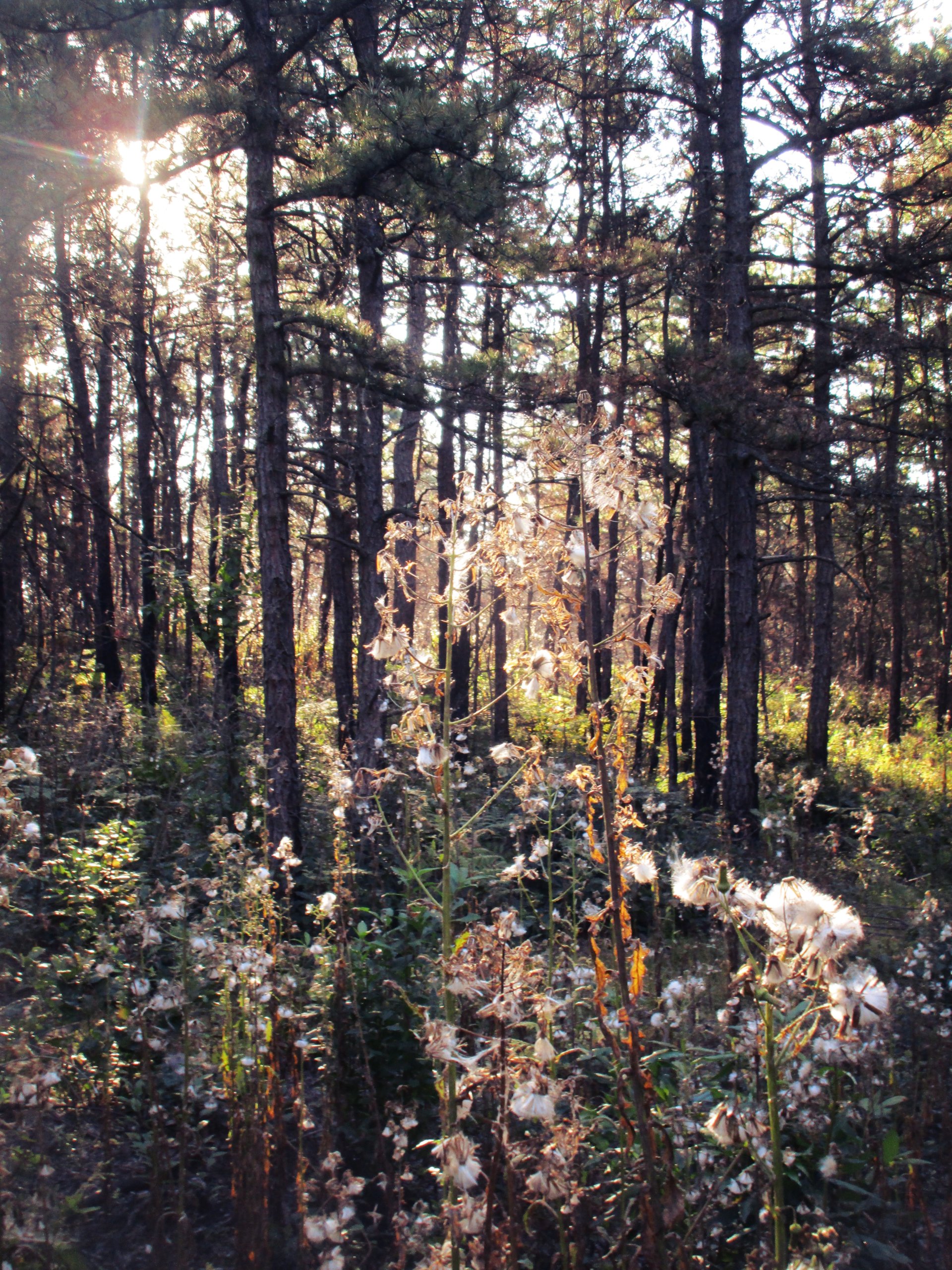Thanks to anthrax, our new national hobgoblin, the federal Centers for Disease Control have been in the news a lot these days. Yet a report released by the CDC late in 2001 on a very different public health menaceÑurban sprawlÑhas gone largely unnoticed.
According to the striking findings of the report, ÒCreating a Healthy Environment: The Impact of the Built Environment on Public Health,Ó unless you are U.S. Senate Majority Leader Tom Daschle, sprawl almost certainly poses a far greater threat to your health than bioterrorism. To wit:
* Tailpipe emissions cause or exacerbate respiratory problems, particularly asthma.
* Long distances and poor civic design virtually mandate driving rather than walking or biking, thereby contributing to obesity.
* Runoff from paved areas, especially parking lots, threatens our water quality.
* Multilane roads, high speed limits and lack of sidewalks result in pedestrian and cyclist fatalities.
* Long commutes and traffic snarls induce that popular EverymanÕs ailment, stress.
At first glance, these conclusions are so self-evident as to be almost frustrating. Why spend time and money to establish what is intuitive to anyone who stops to think about it? So walking and biking, clean air and clean water are good for our health. This is news?
But if the reportÕs conclusions are sometimes obvious, the statistics behind them are arresting. In Europe, up to 129,000 adults die each year from long-term exposure to vehicle-generated pollution. The annual health-related cost of such pollution is roughly $23.8 billion for Austria, France and Switzerland combined.
Back in this country, smog was responsible for more than 6 million asthma attacks in 1997, including 159,000 emergency room visits and 53,000 hospitalizations. Meanwhile, as many as 300,000 people die from obesity-related illnesses each year, and the health care costs of obesity and low physical activity were estimated at $100 billion in 1995. Oddly, although Americans make fewer than 6 percent of their trips on foot, 13 percent of all traffic fatalities are pedestrians. It is one thing to acknowledge that sprawl is bad for our health. It is quite another to realize that it is costing billions of dollars and claiming drastically more lives than all the incidents of terrorism in modern history combined.
So why do we live this way? The CDC report suggests one plausible answer: Urban planners have strayed increasingly far from the public-health roots of their field. ÒIt is time,Ó the authors write, Òfor the planning community to remember that in the beginning, many, if not most, land-use decisions were made to separate people from land uses and industrial processes that posed a threat to their health or safety.Ó
Our sanitation systems, our street patterns, our building codes and materials have all been shaped by health threats: cholera, yellow fever, industrial waste, fire, earthquakes. But some of the most pressing contemporary health concerns in the United StatesÑheart disease, cancer, diabetes, obesity, asthma, depressionÑare all too often dismissed by planners as irrelevant. To correct the problem, the CDC report calls for Òcoalitions between doctors, nurses and public health professionals and others such as architects, builders, planners, and transportation officials.Ó A great idea. But what about the rest of us?
Any massive shift in urban design will, by definition, involve millions of people making different kinds of choices about how and where they live. As a nation, we have shown time and again that we are capable of doing just that. In the last half-century alone, vast numbers of Americans have grasped the health risks of smoking and stopped doing so, creating a nonsmoking culture in the process. We have learned to use seatbelts almost reflexively. We have dramatically reduced incidents of drinking and driving.
In what may be the most apt analogy, we have learned to recycle and agreed that the time it takes to sort our trash is a worthwhile investment in our planet.
Anyone who thinks these innovations are insignificant should visit a country where they do not yet exist and propose implementing them. The initial resistance will be massive, as it was here. Likewise, any effort to redefine the urban American landscape will be difficultÑbut it will not be impossible. Our cities and towns are the stronghold of democracy. They change when we do.
Right nowÑwith our nation at war, our way of life under scrutiny, and part of one of our greatest cities lying in ruinÑis precisely the right time to redesign our national landscape. The tragedies of Sept. 11 sparked quick action in the public and private sectors, an unusual capacity to think big and a neighborliness that spans thousands of miles. We need to capitalize on all of those forces as we try to imagine how America will rebuild in the aftermath of the attacks. We need to remember that problems are not more grave because they are more novel; that crises we inflict on ourselves are not more threatening than those that originate outside our borders; that needless sickness and death are not any less heartbreaking when they are less newsworthy; that public works are not less appropriate when they are directed less toward long-term planning than immediate emergencies.
If what we are really after is Òhomeland security,Ó then we need to begin exactly there: with our homes, with our land.
Printed in the February/March 2002 Newsletter
